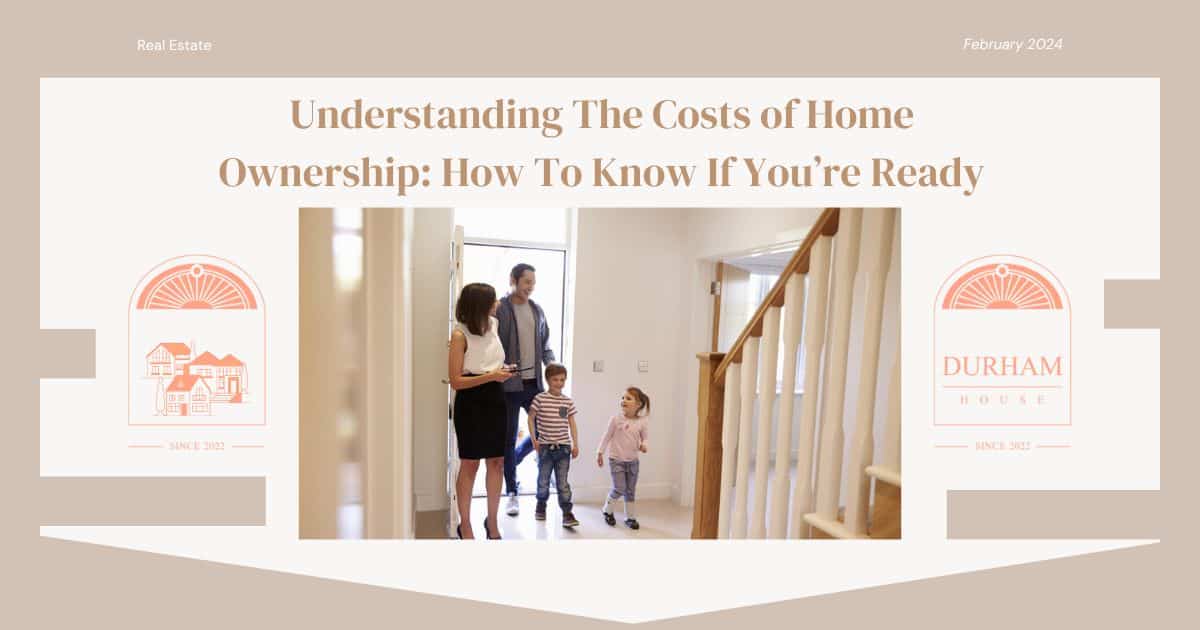So you’d like to buy your first home, but you’re not quite sure if the timing is right. Feeling this apprehension is perfectly natural, as investing in real estate is a complex endeavour that requires plenty of research, and perhaps even some financial savviness.
If you don’t know where to start though, then the whole concept of financial planning within the context of buying your first home can feel totally inaccessible. And if you fall into this camp of apprehensive first-time buyers, then this is the read for you.
Below, we offer solid advice to help novices such as yourself learn about the terms and procedures related to this rewarding and achievable life milestone. So read on to explore our full breakdown of the basics of purchasing a home, and determine if you’re ready to take this step yourself.
Financial Preparation
A logical starting point is to evaluate your financial standing, beginning with your credit score. Lenders use a three-digit rating to assess their risk when lending money to all borrowers. Finding a suitable home loan starts with requesting a free copy of your credit report from one of the three main credit bureaus.
Carefully review the report for accuracy, and seek to correct any obvious errors by gathering the pertinent documents and discussing them with a credit counsellor or financial advisor. To secure a favourable and competitive interest rate, aim for a score between 700 and 759. A score of 760 or above is considered the benchmark that guarantees the best loan terms and interest rates.
You’ll need consistent action and considerable patience to improve your credit rating. Ensure you pay bills on time every month and reduce outstanding balances to build a solid, responsible credit usage history.
Be Goal Oriented
Begin adopting an investor mindset by establishing a practical budget and understanding the diverse costs associated with homeownership well in advance of property shopping.
Here, we urge you to take into account property taxes, insurance, body corporate fees (if applicable), home maintenance expenses, and unexpected costs for emergency repairs, both periodic and one-time. Additionally, factor in closing costs for initiating a mortgage contract with your lender, such as attorney fees, home inspections, and appraisals.
Down Payment Requirement
The primary upfront cost tied to your home purchase is the initial deposit. This lump sum is necessary for lenders to trust your financial support and commitment to fulfilling the loan without default. Although numerous mortgages begin with a 20% down payment, many borrowers can qualify for lower rates, perhaps as low as 5%.
To ensure you begin building equity (ownership share) into your home quickly, strive for a down payment as large as you can comfortably manage. Saving for this necessary payment involves disciplined saving habits and strategic planning. Begin that process sooner rather than later.
Start building your down payment and emergency funds now. Also, consider your employment history. Suppose you don’t expect job stability due to economic conditions or trends in your specific industry. In that case, it may be wise to postpone the home purchase briefly until things look better.
The same advice applies to your family plans regarding children. If you anticipate starting a family, factor this into your decision process. Whatever route you choose, use this time wisely by continuing the saving process to build up your cash foundation.
Mortgage Choices
There isn’t a one-size-fits-all loan type, though it’s wise to begin understanding the nuances of each choice. We’ll briefly introduce the two main options and their variables so that when applying for the loan, you can easily speak the language with your financial advisors.
The fixed-rate mortgage features a static interest rate for the duration of its term, typically between 10 to 30 years. A significant benefit drawing borrowers to this choice is the predictability offered regarding monthly payments. They stay the same, allowing for easy expense planning.
Be aware that if you put down less than 20%, lenders will require you to take out private mortgage insurance (PMI). This expense is added to your monthly payment. It insulates lenders from the risk of borrower default on the principal amount.
The same stipulation applies to the other primary loan type, the adjustable-rate mortgage (ARM). This classification features an introductory period of between one to ten years. Your interest rate is significantly lower during this phase than the fixed-rate option. After the intro phase, your rate is subject to adjustments based on prevailing market conditions and central bank policy decisions.
The main advantage of ARM is that if you plan to own the home for a short term, you’ll save significant interest expenses due to the low initial rate. Be prepared to make hard decisions once this period nears completion, as you risk exposure to rate increases and corresponding rises in your monthly payments.
Make Informed Choices On Home Ownership
Getting ready to purchase a home involves significant research about the many options available to first-time buyers. We recommend regular consultation with a certified financial advisor and using an online mortgage calculator to work through the numbers until you find a solution that makes sense for your family’s long-term goals.





